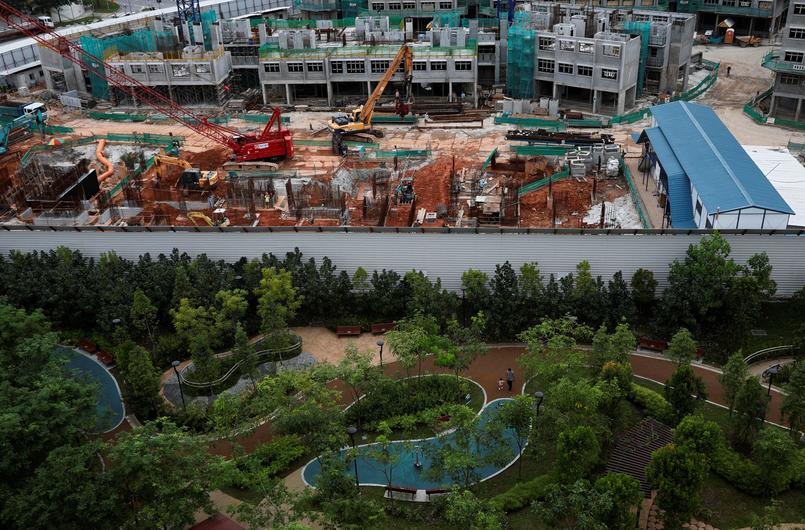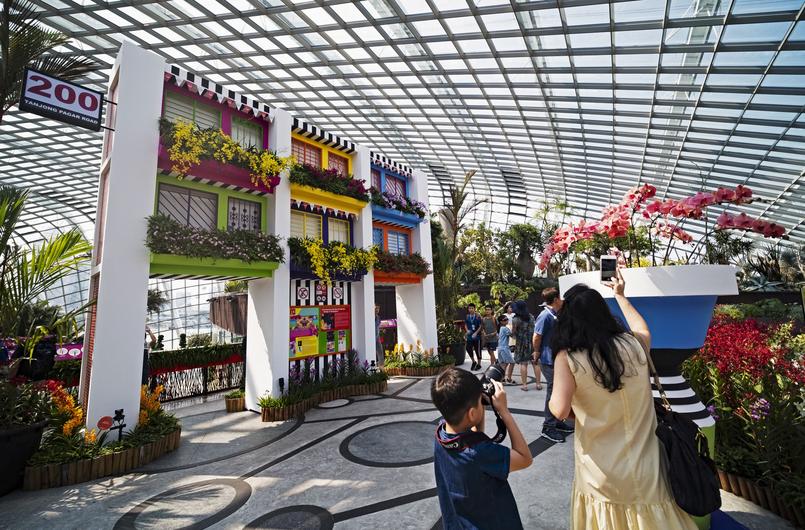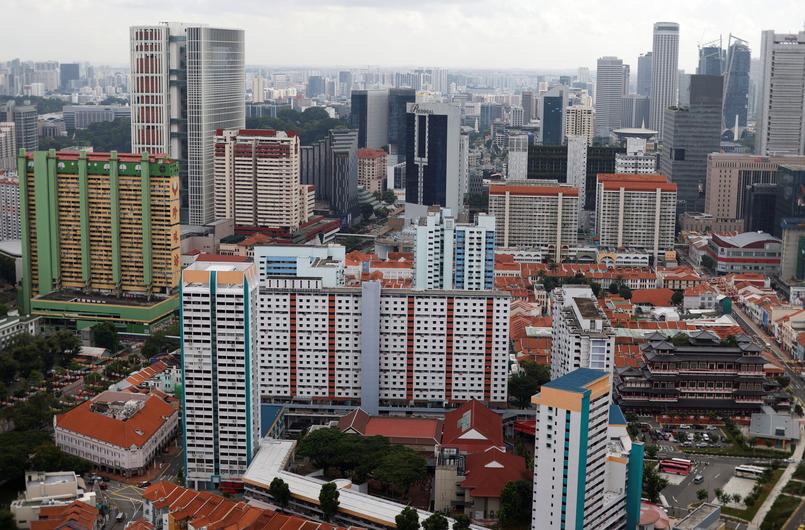Economy, health, education, environment… in almost all these areas Singapore is a very good performer, even top of the class. And, as is perhaps less well known, its performance in terms of urban planning and access to property is just as remarkable. For a country that is less than 60 years old and that started from almost total destitution, this trajectory can only raise questions. It has to be said that Singapore has very humbly studied the successes and failures of countless other countries in order to chart its own course, and in return has much to learn from the choices it has made.
A Frenchwoman, Estelle Forget, who has lived in the country, has chosen to apply her expertise in the sustainable development of territories to the best local sources, in particular Dr. Liu Thai Ker, founder of urban planning in Singapore. The result is her own 100-page Little Red Book, entitled “A short treatise on Singapore urbanism and planning for decision-makers”.. Here’s what the general public can learn from it until the decision-makers get their hands on it.
1. Public control of land
This is undoubtedly the sinews of war. In a multi-ethnic society like Singapore, where pre-independence rights to land differed from one community to another, one of the state’s first tasks was to buy up land. As a result, almost 90% of the land is in public hands, even though Singapore’s surface area has expanded by 24%, from 580 km² to 720 km². This situation explains why, apart from a few exceptions, when you buy a home, you only have a long lease (maximum 99 years). Logically, the value of these properties decreases when the lease is well advanced, but the system encourages you to invest quickly in a family property and then sell it to move into a smaller apartment when you’re older.
This formula could be similar to the Joint real lease (BRS), which is being developed in France by separating the buildings purchased by first-time buyers from the land, while the land is in the hands of a solidarity landholding organization. “BRS is a never-ending scam, sweeps aside Estelle Forget. Unlike the Singapore model, you continue to pay for your land through monthly fees, and there are a whole series of constraints to control inheritance and prohibit capital gains.” Probably more in line with the Singapore model, lawyer Aubry d’Argenlieu, a partner at Fairway specializing in real estate, advocates the creation of state-owned real estate companies, which would initially manage the state’s real estate..
2. Social housing accessible to 100% of the population
To be perfectly precise, we’re talking about public housing, and not social in Singapore, as they are accessible to the entire population, regardless of income. These homes are of a good standard in terms of quality and equipment, given the standard of living in Singapore, but they are largely standardized. If you’re on a budget, you can always opt for private housing, which is much more luxurious and much more expensive. And if those on a high income wish to acquire public housing, there’s nothing to stop them. However, when the property is resold, any capital gain will be reduced by the amount of the subsidies granted for the purchase.

3. Buy rather than rent
And it’s no coincidence that the only thing mentioned above is buying public housing: it’s not for rent. Making Singapore a country of homeowners was anything but a pipe dream. In less than 60 years, this small country, which originally had fewer than 2 million inhabitants, many of them living in shantytowns, has grown to almost 6 million people, 91% of whom are homeowners. A sobering statistic, given that France is struggling to break the 60% barrier and this proportion has even fallen in recent years.
The fact of having a real estate portfolio made up exclusively of owners is a very effective vector for aligning interests. No battles between owners and tenantsWhen it comes to maintenance, charges, works, etc., it’s in everyone’s interest to maintain their property as well as possible. This homogeneous housing stock also enables public bodies to place orders in very large quantities and keep prices down.

4. A (very, very) long-term vision
“Singapore is fortunate to be able to think in the very long term and to have a real political project, whereas we in France are condemned to political marketing and very short-term solutions that meet budgetary imperatives”.laments Estelle Forget. The best proof of this can be found in Singapore’s urban development plans. While we are familiar with local urban plans that are sometimes revised after 5 years, the city-state adopted a 20-year urban plan as early as 1971. And as soon as it had run its course, the country gave itself a master plan for…100 years.
No, it’s not a typo, urban planning and development do indeed unfold a century-long vision summed up by the slogan: “Towards a tropical city of excellence”.. The aim is to promote an environment of well-being where the physical and psychological health of the population is paramount. This means, among other things, a well-kept living environment, preserved nature and biodiversity, and an almost obsessive attention to cleanliness. For the fathers of Singapore, excellence is the only way to preserve the independence of this small state surrounded by giants. The aim is to rank among the best on a number of criteria, cleanliness being the most directly accessible and visible to all, even during a quick visit.

5. Efficient organization of players
Despite its multi-ethnic population, Singapore has succeeded in aligning interests and making the public and private, the political and the citizen, work hand in hand. We can, of course, claim to be “Gallic” and ungovernable in the face of a Singaporean steamroller, but we have to acknowledge its effectiveness. “A simple organization based on the principle of subsidiarity on the right scale“according to Estelle Forget. Alongside the government and the state apparatus, there are large agencies such as the Urban Redevelopment Authority or the Housing Development Board, and associated agencies such as the Public Utilities Boards or the Building and Construction Authority.
And closer to the ground, mayors, citizens and the private sector. In contrast, France has often remained at the stage of an organizational “mille-feuille”, with many case-by-case situations and a lack of clarity in the division of responsibilities, with numerous redundancies and interferences. Just look at the complexity of the work of mayors, who find themselves managing technical, administrative and financial constraints in urban planning matters at a geographical level that is undoubtedly not the right one.











